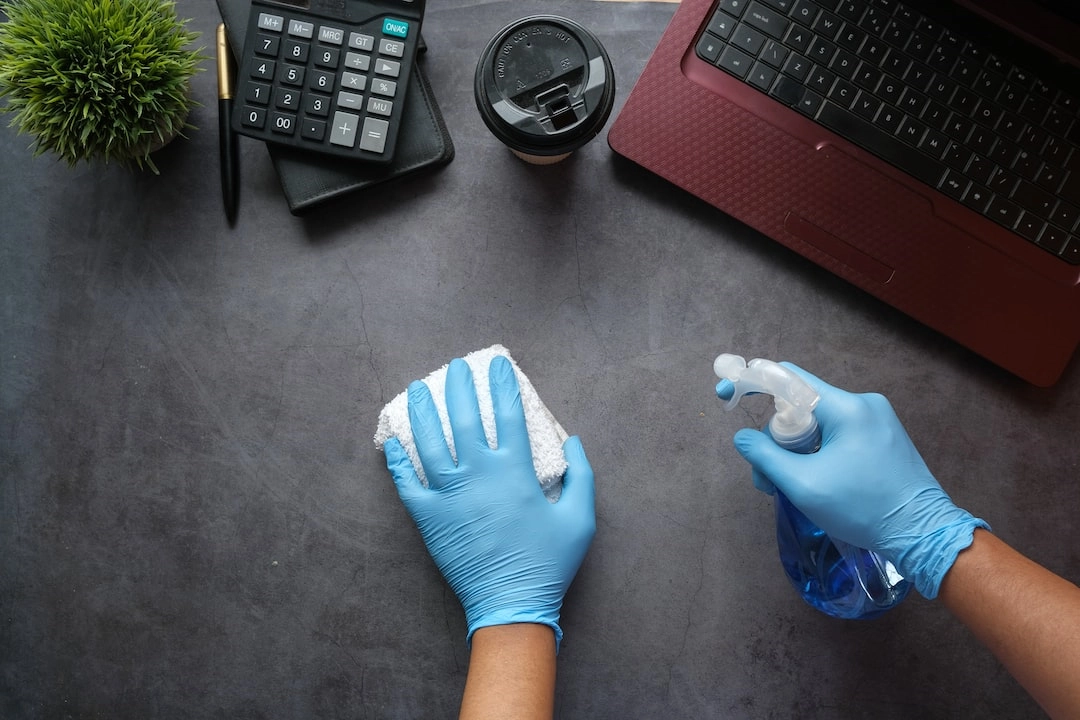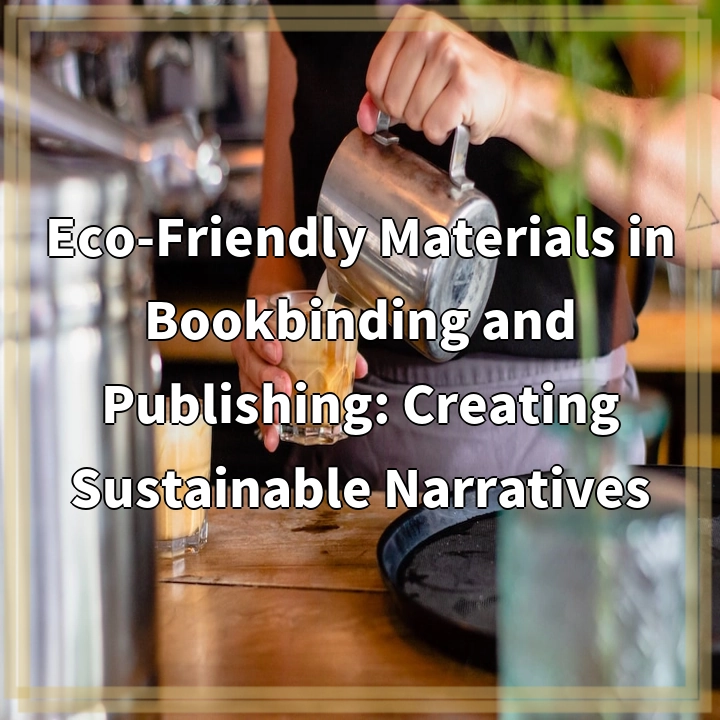
What it is:
Exploring Environmentally Safe Cleaning Products: Background, Exploration, and Case Studies is an in-depth analysis of the growing trend towards using eco-friendly cleaning products. This blog post aims to provide a comprehensive understanding of what environmentally safe cleaning products are, their benefits, and how they contribute to a sustainable lifestyle.
Real-world problems associated with environmentally safe cleaning products:
1. Chemical exposure and health risks:
Conventional cleaning products often contain harsh chemicals that can have adverse effects on human health. Continuous exposure to these chemicals may lead to respiratory problems, skin irritations, allergies, and even more severe health issues in the long term. By exploring environmentally safe cleaning products, we can minimize these health risks and create a safer environment for ourselves and our families.
2. Water pollution and ecosystem degradation:
Many conventional cleaning products contain ingredients that are harmful to aquatic life and can contribute to water pollution. When these chemicals are washed down the drain, they end up in our water systems and can have detrimental effects on aquatic ecosystems. Environmentally safe cleaning products, on the other hand, are designed to be biodegradable and non-toxic, reducing the pollution and negative impact on our ecosystems.
3. Indoor air quality:
Traditional cleaning products often release Volatile Organic Compounds (VOCs) into the air, which can contribute to poor indoor air quality. This can lead to respiratory issues, headaches, and other health problems, particularly for individuals with asthma or allergies. By using environmentally safe cleaning products, we can improve indoor air quality and create a healthier living environment.
4. Waste generation and landfill contribution:
Conventional cleaning products often come in single-use plastic containers that contribute to our ever-growing waste problem. Additionally, once these products are used up, they end up in landfills, further adding to environmental degradation. Environmentally safe cleaning products focus on sustainability by utilizing packaging that is recyclable or made from recycled materials, thereby reducing waste generation and landfill contribution.
5. Environmental impact of production and transportation:
The production and transportation of conventional cleaning products often require significant amounts of energy and resources. This includes the extraction and processing of raw materials, as well as the emissions associated with transportation. Environmentally safe cleaning products promote sustainable manufacturing practices, using renewable resources and minimizing energy consumption and carbon emissions throughout the production and distribution processes.

Solutions for the problems associated with environmentally safe cleaning products:
1. Choose eco-friendly cleaning products:
By opting for environmentally safe cleaning products, we can reduce chemical exposure and health risks. Look for labels and certifications such as “non-toxic,” “biodegradable,” and “eco-friendly” when purchasing cleaning products. Natural and plant-based ingredients are often safer alternatives to harsh chemicals found in conventional products.
2. Proper disposal and wastewater management:
To minimize water pollution and ecosystem degradation, it is important to properly dispose of cleaning products and manage wastewater. Avoid pouring cleaning solutions down the drain and opt for eco-friendly alternatives that are less harmful to aquatic life. Consider utilizing wastewater treatment systems or contacting local recycling facilities for safe disposal methods.
3. Use air-purifying plants:
To improve indoor air quality and reduce the impact of VOCs, incorporate air-purifying plants into your living spaces. Plants such as snake plants, peace lilies, and pothos can help filter and remove harmful substances from the air, creating a healthier and fresher environment.
4. Opt for refillable and sustainable packaging:
One way to address waste generation and landfill contribution is by choosing cleaning products that offer refillable options or sustainable packaging. Look for brands that provide refill stations or concentrate refills that can be used to minimize the need for single-use containers. Additionally, support brands that use recyclable or biodegradable packaging materials.
5. Support local and ethical brands:
Consider supporting local and ethical cleaning product brands that prioritize sustainability in their production and transportation practices. By purchasing from these brands, you can reduce the environmental impact associated with extensive energy use and emissions from long-distance transportation.















